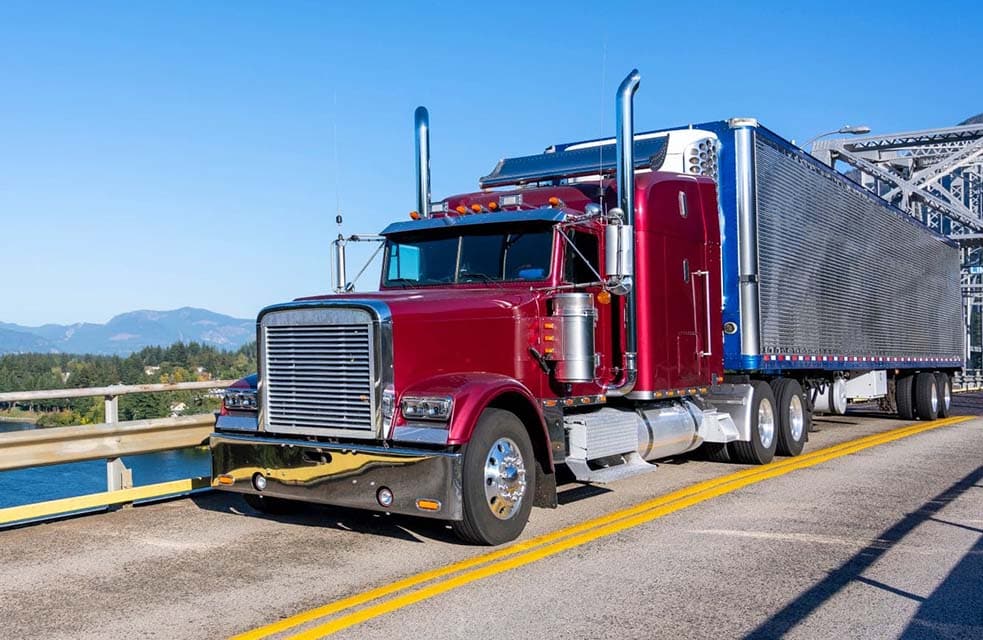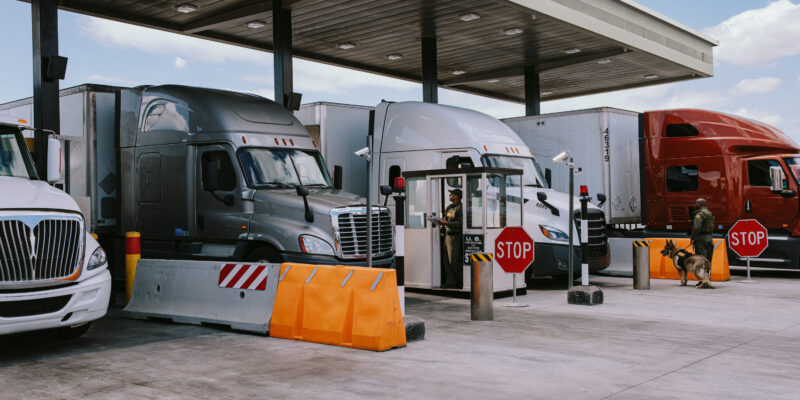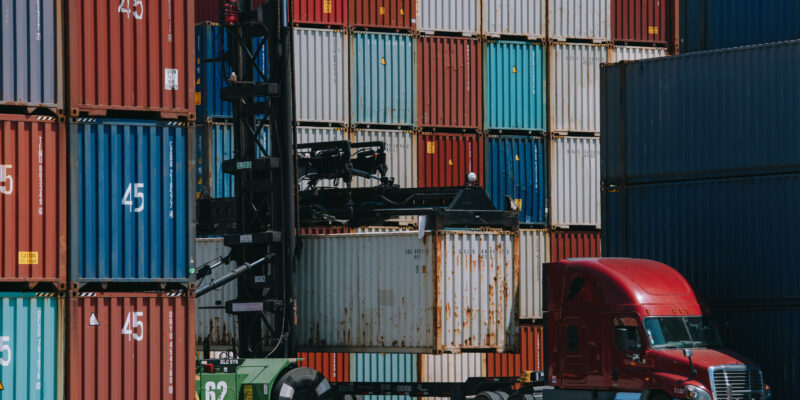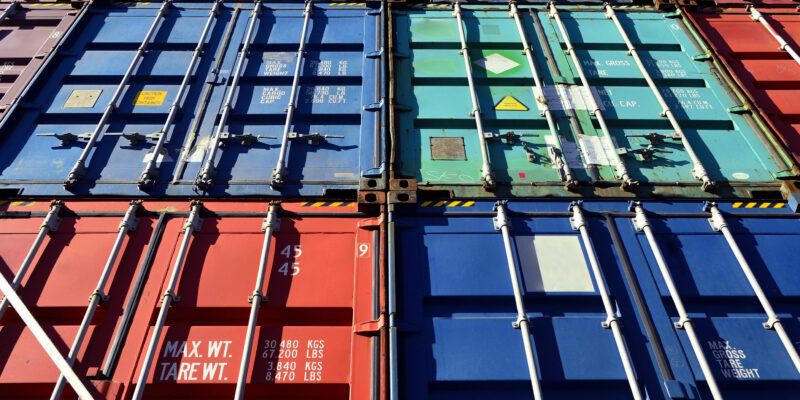How Digital Transformation Will Shape the Future: A US-Mexico Cross-Border Perspective

Originally published in Mexico Business News

By: Carlos Godinez, VP Business Development, Mexico
This year marks another difficult year across the global supply chain with tight capacity, increasing inflation and lack of reliability continuing to trouble the industry. Carriers are facing high volatility, uncertainty and demand, while shippers need increased confidence so they can find capacity efficiently and at a fair price. These issues are only expected to worsen in 2022, according to a recent S&P Global market insights report.
When it comes to cross-border collaborations, there is no shortage of challenges. The supply chain flow across the US and Mexico border operates as a black hole — low load visibility and shipment control on both sides of the border are frequent, making it even harder to ensure goods will clear quickly and seamlessly. Complexities in evolving international trade are rising, making it difficult to stay up to date on the legal, regulatory, and industry changes. Additionally, long customs clearing times, multiple customer processes for different ports and a lack of capacity hinders operations.
With inefficiencies and high costs impacting the US and Mexico cross-border supply chain, it’s important now more than ever to have visibility and control over freight operations. Digital transformation must be at the root of all business solutions to keep the cross-border supply chain moving.
Current State
As one of the top trading partners for the US, Mexico accounted for 14.4 percent of the total trade of goods for the US as of December 2021, totaling about $661 billion in trade, according to data from the US Census Bureau. This number will continue to grow in the future, as it has over the last 20 years since the NAFTA agreement was put in place, with companies in both the US and Mexico looking to expand cross-border operations. Just last year, companies such as Phillips Industries, Grupo Industrial Saltillo, Stanley Black & Decker Inc. and Whirlpool Corp. announced expansions into Mexico, which totals more than $200 million in investment and about 3,000 new jobs.
Despite the recent boom in economic activity, there’s a perfect storm of challenges brewing across the US and Mexico supply chain. Peak seasons are running longer and trucking companies in both countries are struggling to find drivers, with many drivers retiring or leaving Mexico to work for a US-based carrier by taking advantage of the B1 visa scheme. Because the volume and velocity of shipments has increased for companies in both countries, it’s also becoming more feasible to bring freight from Europe or Asia directly into Mexico through ocean ports, which decreases the amount of southbound flow from the US and capacity coming directly into the Mexican marketplace.
Digital Transformation’s Role
Uncertainties have become common in the cross-border supply chain. Being aware of security challenges, the current economic environment and regulatory issues are crucial to keep supply chains moving seamlessly across the border. To manage and address the complexities of the cross-border supply chain, digital transformation is essential to promote real-time end-to-end visibility from freight origin, to customs clearance and final delivery.
The first place to start is ensuring businesses have the proper technology systems to keep supply chains moving. Traditional transportation management systems have a long history of being out of date, often hindering a business’ ability to respond to delays or impacts to time-sensitive shipments. The next generation of transportation management systems allows shippers to control all aspects of their supply chains by harnessing data from multiple sources and applying them to deliver real, sustainable outcomes to logistics and supply chain operations. Active shipments, on-time arrivals and delays, and carrier performance are among the key performance indicators tracked with an up-to-date transportation management system.
Additionally, organizations must implement a “control tower” type of approach to transportation management. With a mix of shipment data, weather and traffic alerts, customs updates and compliance regulations, shippers can have a singular, all-encompassing, real-time view of their supply chain. Plus, being a cloud-based solution, the modern-day transportation management system can provide organizations with a data center application at a significantly lower cost of ownership.
Integrated solutions across ground, intermodal and ocean transportation, warehousing and distribution, US and Mexico customs compliance and transloading can make cross-border shipping easier than ever. Businesses can utilize customs brokerage and trade compliance expertise to create a single, controlled logistics solution with access to all US and Mexico points of entry to simplify global trade operations. In addition, remaining versatile in the ever-changing regulatory environment of cross-border transportation can allow for flexible, strategic processes to help mitigate risk, reduce supply-chain costs and gain visibility for logistics operations.
The cross-border supply chain never sleeps — at all hours of the day and night, shipments are moving, data is being generated for supply chain insights, security measures and regulatory requirements are being navigated and unexpected events that impact operations can arise. Digital transformation must be at the forefront of all logistics operations to guarantee visibility, flexibility and control of supply chains into the future



